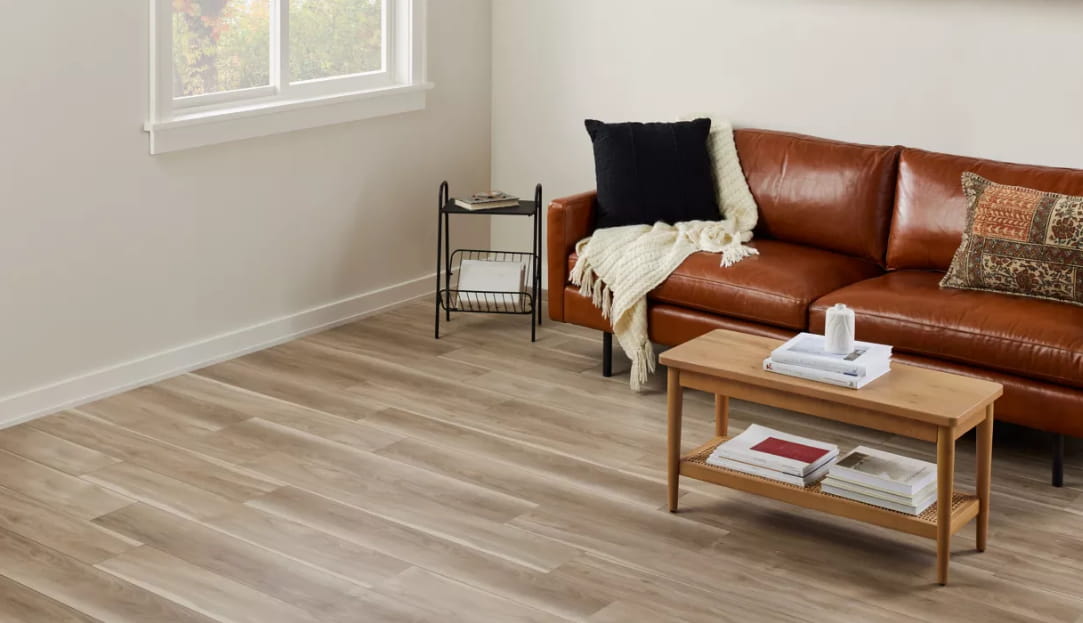Vinyl Flooring Made Easy: Step-by-Step Installation Tips for Beginners
Vinyl flooring installation is a practical and cost-effective way to enhance the look of any room. Whether you’re updating a bathroom, kitchen, or living space, the ease of installation makes vinyl an excellent choice for DIY enthusiasts. This step-by-step guide will walk you through the process to help ensure your project goes smoothly and professionally.
1. Gather Your Tools and Materials
Before you start, gather all the necessary tools and materials. You’ll need vinyl planks or tiles, a utility knife, a measuring tape, a straightedge, adhesive (if required), and a roller. If you’re installing waterproof vinyl flooring, make sure you also have the correct underlayment to maximise its effectiveness.
2. Prepare the Subfloor
Proper preparation is crucial for a smooth installation. Begin by cleaning the subfloor, removing any dust, dirt, or debris. If the surface is uneven, use a levelling compound to create a flat, smooth foundation. A clean, dry, and level subfloor is essential for optimal vinyl flooring installation results.
3. Measure and Cut the Vinyl Flooring
Carefully measure the dimensions of the room and cut your vinyl planks or tiles accordingly. Remember to leave a small expansion gap around the edges to accommodate natural movement of the flooring over time. Use a straightedge and utility knife for accurate, clean cuts.
4. Dry Fit the Planks
Before securing the planks in place, lay them out in the room to ensure they fit well and that the pattern aligns correctly. This dry fit will also help you identify any areas where adjustments may be needed.
5. Install the Vinyl Flooring
Once you’re satisfied with the layout, begin installing the vinyl flooring. For glue-down vinyl, apply the adhesive according to the manufacturer’s instructions and press the planks firmly into place. If you’re using click-lock or peel-and-stick vinyl, follow the specific guidelines for those types of flooring.
If you’re opting for waterproof vinyl flooring installation, double-check the seams and edges to ensure they’re sealed correctly. This will prevent water from seeping underneath the planks, preserving the longevity of your floor.
6. Final Touches
Once all the vinyl planks or tiles are installed, use a roller to press them down firmly, ensuring a secure bond. Trim any excess material along the edges, and reattach any baseboards or moulding to finish the look.
With the right tools and a bit of patience, vinyl flooring installation can be a straightforward and rewarding project. By following these simple steps, even beginners can achieve a flawless finish. Remember to choose the appropriate type of vinyl and ensure the subfloor is properly prepped for a long-lasting, beautiful floor.

